A Comprehensive Guide to Visiting Sevilla, Spain
Pronounced (seh - VEE - yah)
Nestled in the heart of Andalusia, Sevilla, or Seville, is a city brimming with rich history, vibrant culture, and breathtaking architecture. From its majestic Alcázar palace to the lively streets of the Santa Cruz neighborhood, Sevilla captivates visitors with its enchanting charm at every turn. Whether you're drawn to its iconic landmarks, delicious cuisine, or flamenco rhythms echoing through the cobblestone streets, this guide is your passport to unlocking the wonders of Sevilla and experiencing the essence of Spanish hospitality firsthand.
Before you get into this blog post, I wanted to touch on some history on Sevilla!
1500s - Sevilla was a huge port as it was widely used for being a trade route for gold, silver, Cocoa, and tobacco.
1600s - Sevilla has became the largest and wealthiest city in Spain!
1700s - the golden age has ended. The Spanish empire crumbled, and trade routes have changed.
Fast forward to 1992 - Sevilla hosted a world fair and it was quite a success. They had a new airport, train station, new, bridges, and a bullet train from Sevilla to Madrid in 2.5 hours!
Sevilla is now the 4th largest city in Spain and is home to the world’s largest gothic cathedral.
Now, this blog post is broken into 6 parts:
Getting Started
Top Attractions
Exploring Neighborhoods
Cultural Experiences
Cuisine and Dining
Practical Tips and Resources
1. Getting Started:
How to get to Sevilla?
Sevilla, located in southern Spain, is easily accessible by air, train, or bus.
Air/ Plane - San Pablo Airport
Train - Santa Justa station, can book on Renfe.es
Bus - two main bus stations, El Prado de San Sebastián and Plaza de Armas You can book bus tickets on alsa.es
Hows the Weather?
Sevilla is known for its Mediterranean climate, with mild winters and hot summers. The best times to visit are in spring (March to May) and fall (September to November) when the weather is pleasant and the city is alive with cultural events and festivals.
Where to sleep?
For accommodations, Sevilla offers a range of options from luxury hotels to budget-friendly hostels and cozy vacation rentals. Consider staying in the beloved area for Sevillians (Triana) or the historic center (Santa Cruz) to be close to major attractions.
How long should you stay in Sevilla?
If you read a lot of guidebooks, they range from a day trip to three days. But in our opinion, Three to five days would be perfect. If you want to see the main sites, a day or two would be sufficient, however, the culture in Sevilla is something you would want to soak in.
2. Top Attractions:
Sevilla boasts a wealth of must-visit landmarks and attractions.
Alcázar of Sevilla - a stunning royal palace renowned for its exquisite Moorish architecture and lush gardens. This palace built by the Moors in the 10th century, revamped in the 14th century, and still serving as royal digs.
Cathedral of Sevilla - the largest Gothic cathedral in the world, and its iconic Giralda Tower offering panoramic views of the city.
Plaza de España - Our absolute FAVORITE! A masterpiece of Spanish architecture
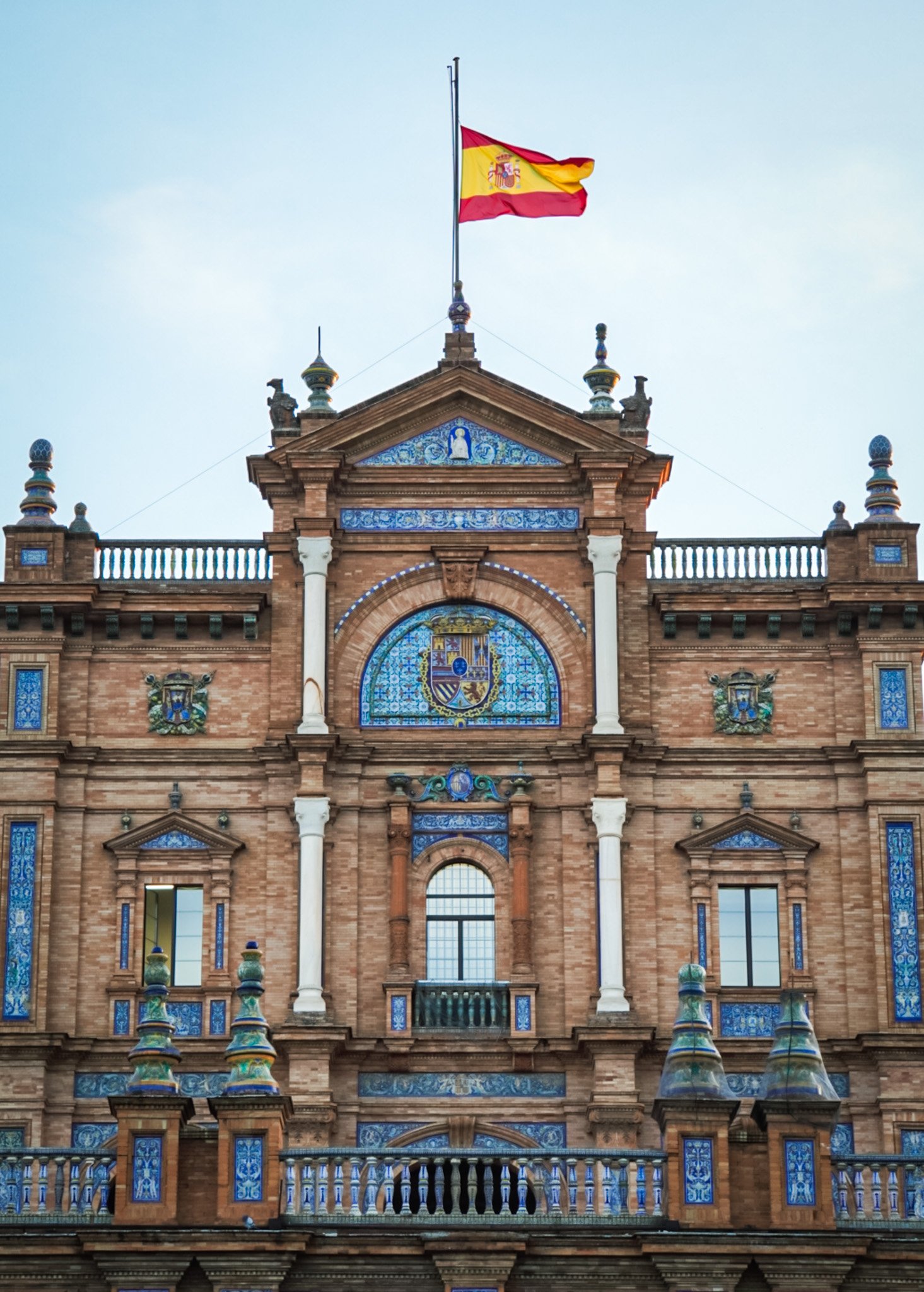



Metropol Parasol, known locally as Las Setas (The Mushrooms) - modern architechture
Torre del Oro - or Tower of Gold, is an iconic historical monument located on the banks of the Guadalquivir River in Sevilla. It dates back to the 13th century and served various purposes throughout history, including as a defensive tower, a prison, and a naval watchtower. The Torre del Oro houses a maritime museum dedicated to Sevilla's naval history, showcasing artifacts, models, and exhibits related to the city's maritime heritage.
3. Exploring Neighborhoods:
Each neighborhood in Sevilla offers its own unique charm and attractions. Wander through the labyrinthine streets of the Santa Cruz neighborhood, Maze of lanes, small plazas, tile covered patios, and white washed houses with iron doors. The lanes are narrow sometimes some people call the “kissing lanes”. (Example) Calle Reinoso. The locals say this area is 3 degrees cooler than the rest of the city! This area is made for EXPLORING. so walk around and get lost!
Also explore the historic Jewish quarter, and discover hidden squares, colorful tiled facades, and quaint cafes. Cross the Guadalquivir River to the vibrant neighborhood of Triana, a vibrant neighborhood located on the west bank of the Guadalquivir River, known for its lively atmosphere, rich cultural heritage, and strong sense of identity. It has a distinct personality characterized by its colorful buildings, traditional ceramic workshops, and passionate flamenco scene.
4. Cultural Experiences:
FLAMENCO: Immerse yourself in the rich cultural tapestry of Sevilla with a visit to a traditional flamenco show. Experience the passion and intensity of this iconic Spanish dance form at one of the city's many tablaos (flamenco venues).
BULL FIGHTING: The real maestranza (bull fighting ring) it was built in the 18th century and restored in the middle of the 19th century. The bullfighting ring has capacity of 12,500 spectators. A true cultural experience.
When are the bull fights happening?
April Fair of Easter Sunday and the festivity of Corpus Christi. If you won’t be in Sevilla during bull fighting time… don’t you worry you can still visit the Taurine Museum. This museum keeps the historical remembrance of this bullfighting ring, as well as a cape painted by Picasso.
Don't miss the chance to witness Sevilla's famous festivals, such as Semana Santa (Holy Week) and Feria de Abril (April Fair), where the streets come alive with processions, music, and dance.
CERAMICS: Triana has a long-standing tradition of pottery and ceramics, with numerous workshops where artisans continue to create beautiful handcrafted pieces.
Sevilla also offers plenty of free walking tours around the city. Do not forget to tip your tour guide at the end!
5. Cuisine and Dining:
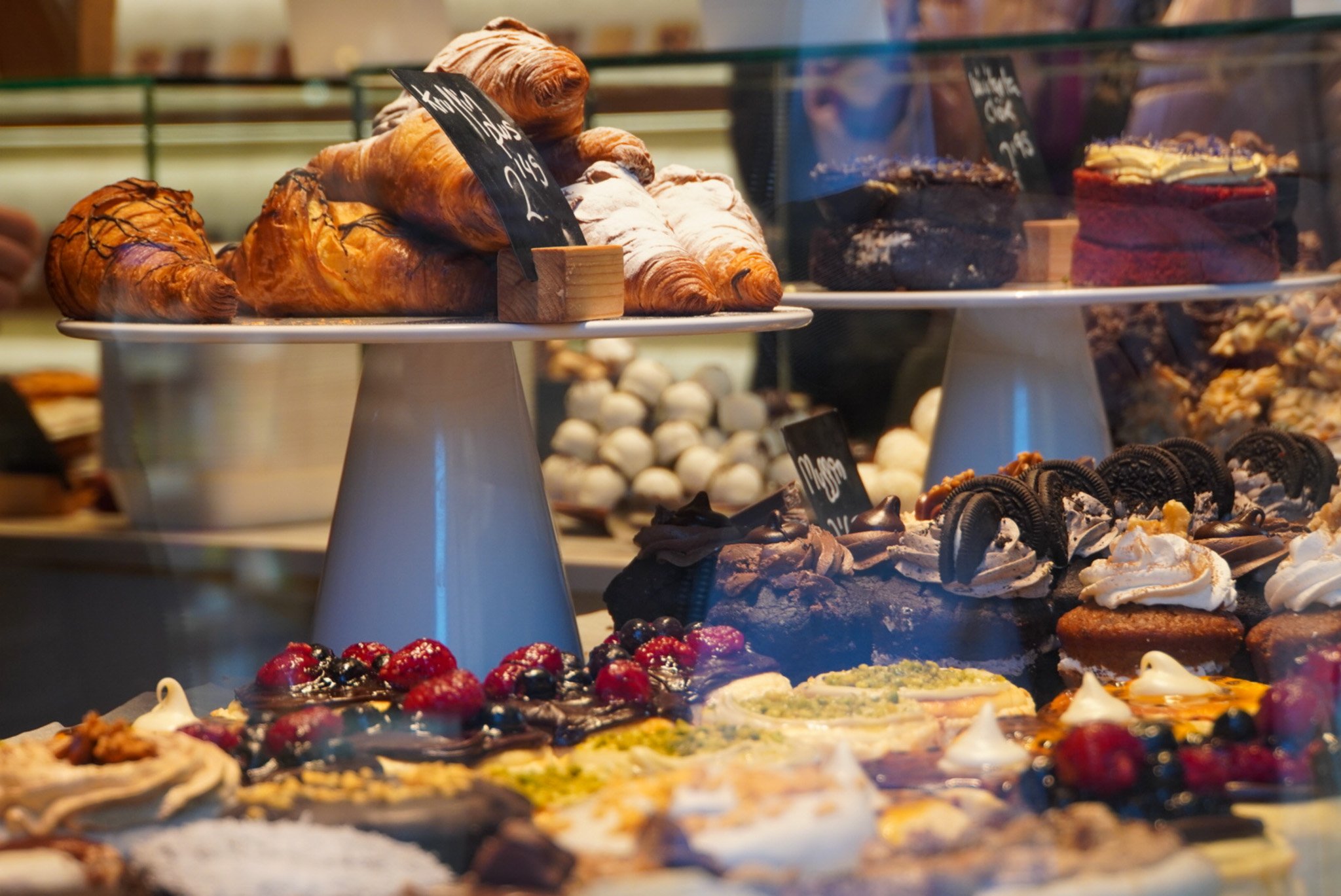
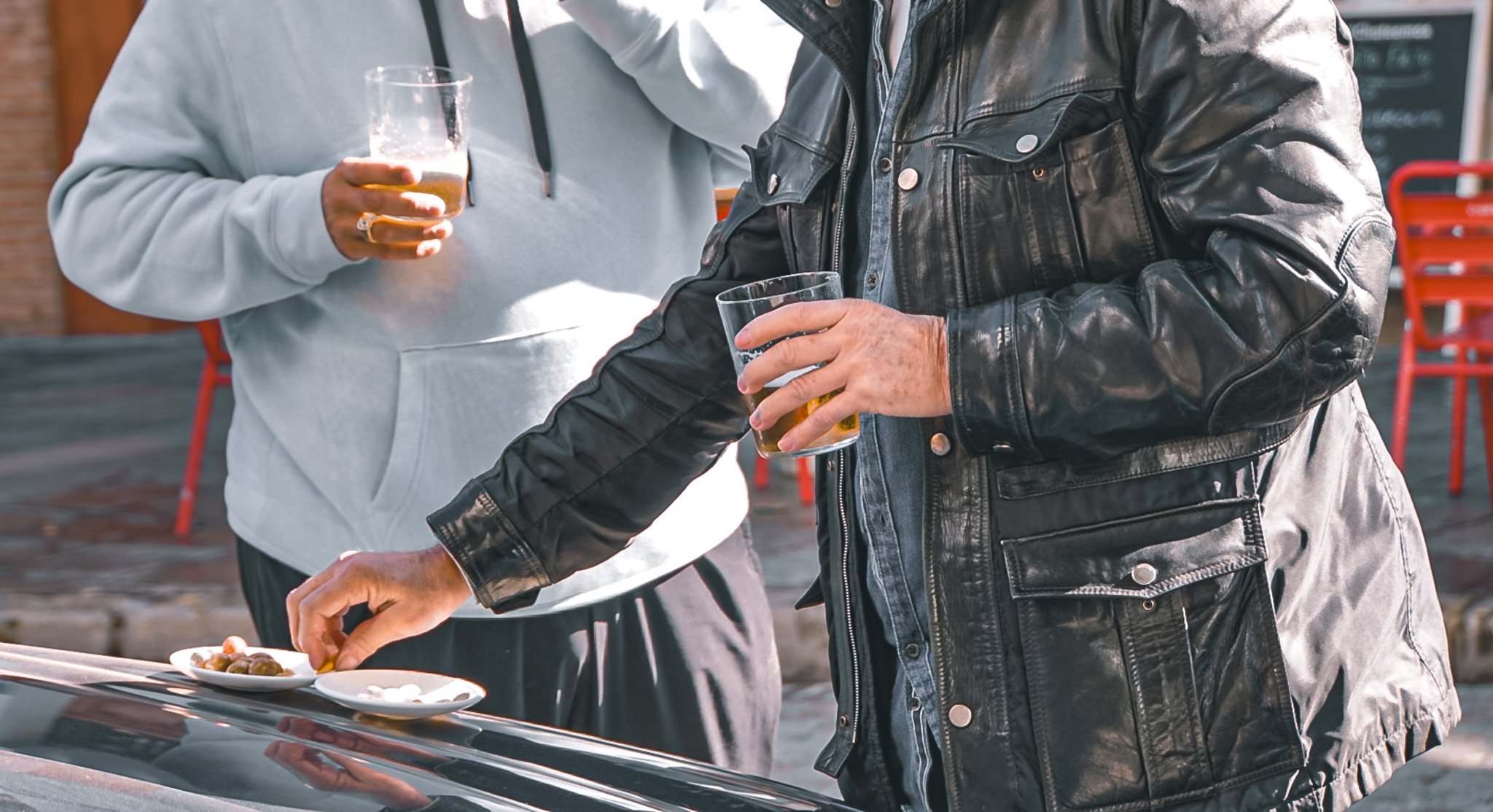
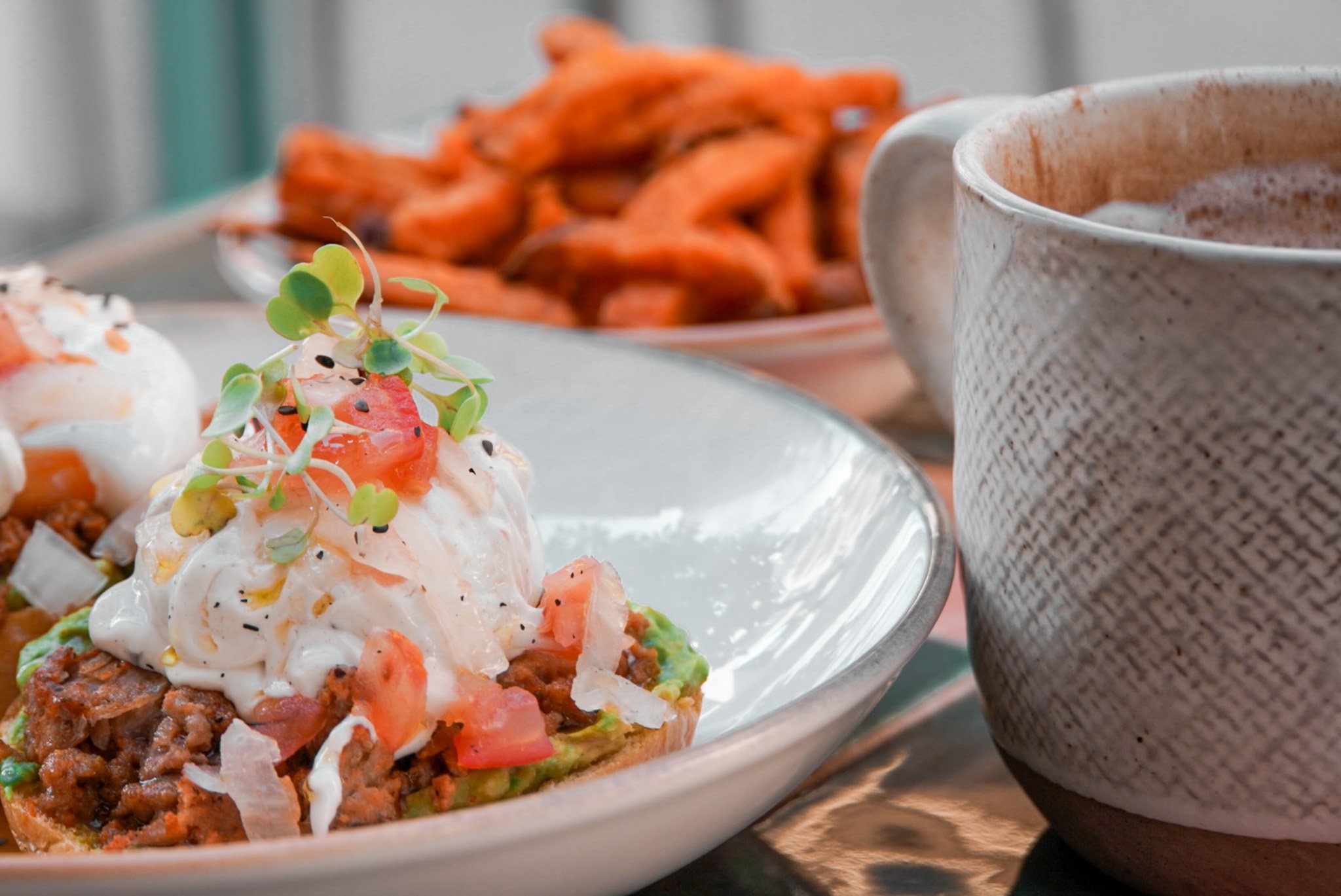
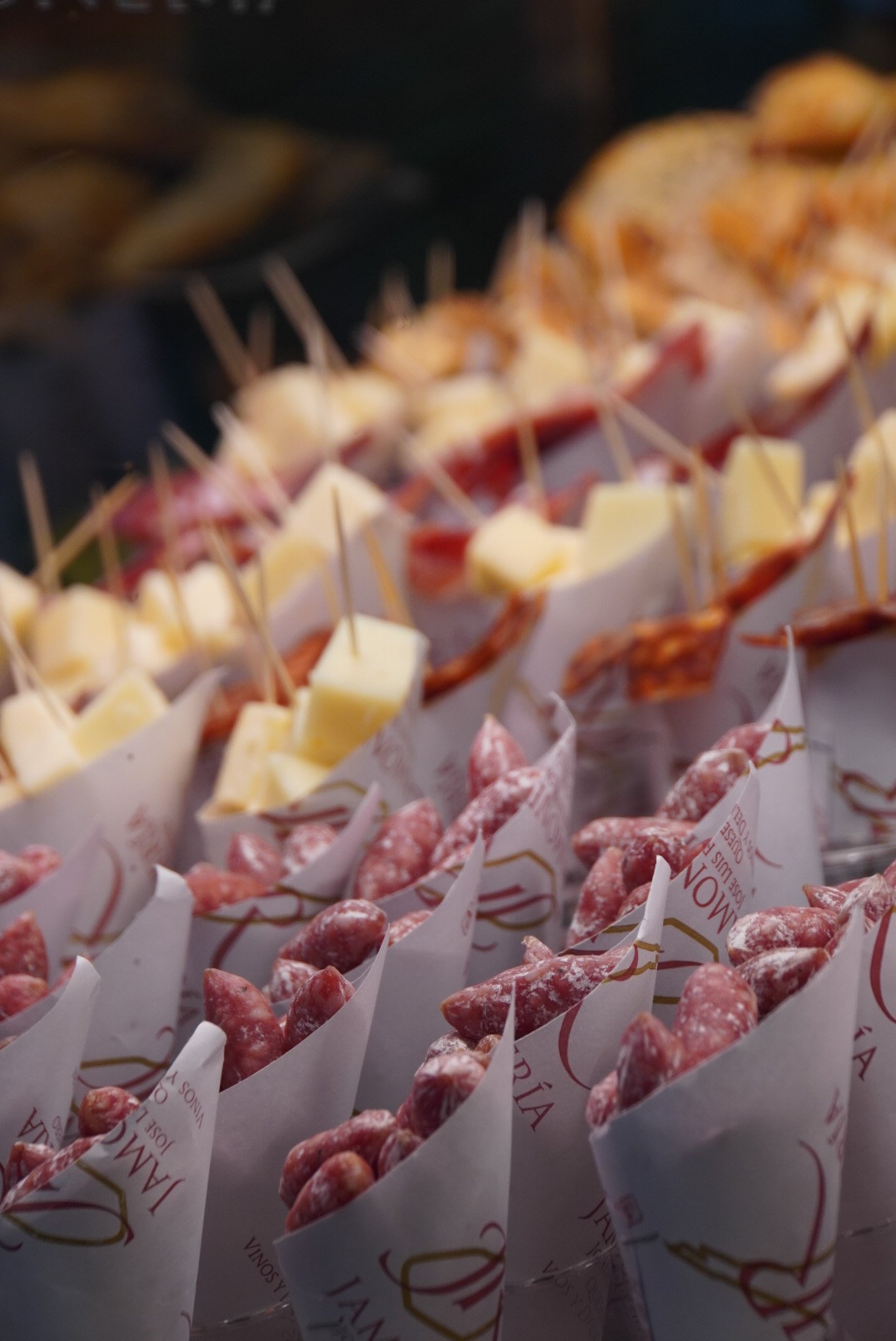
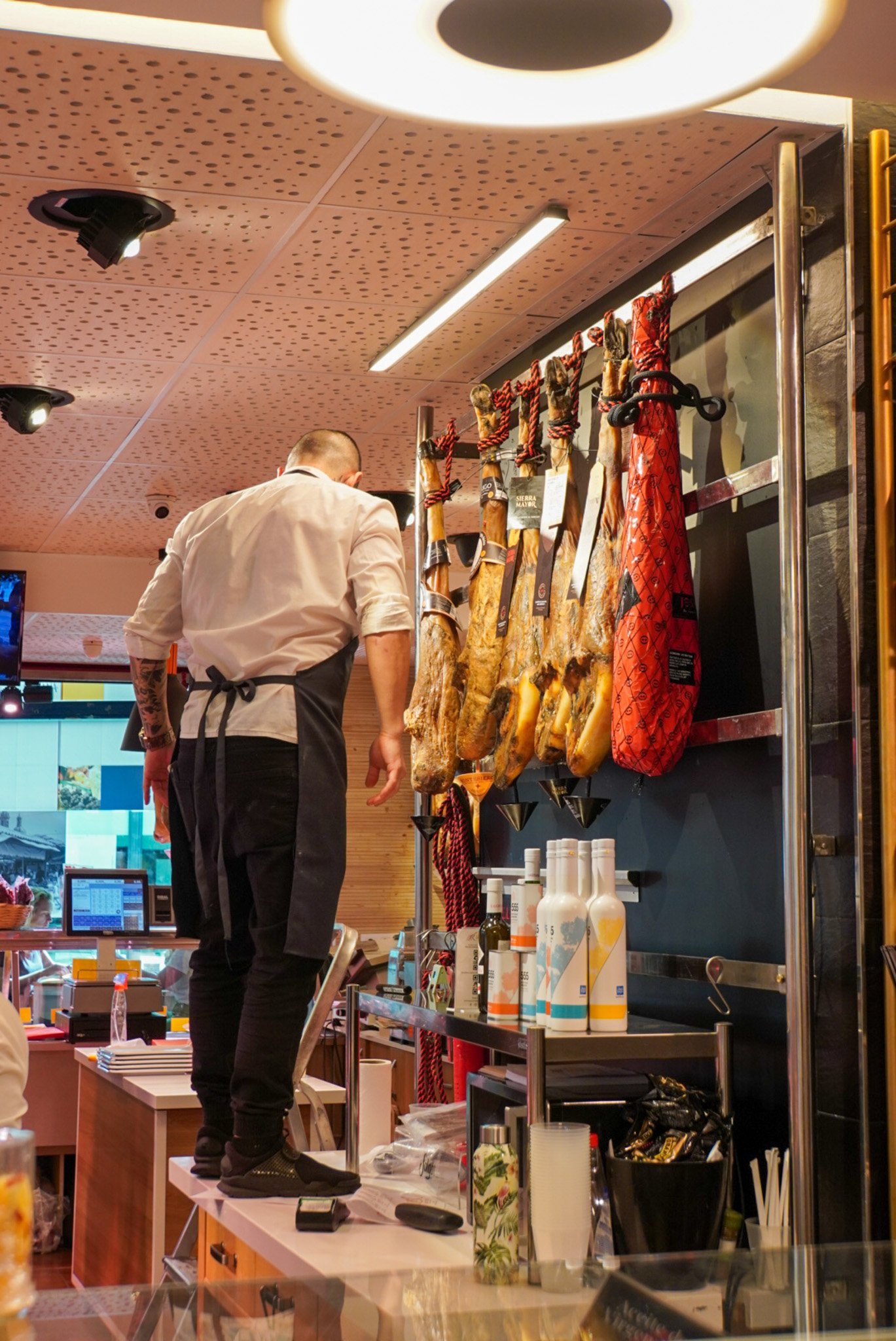
Sevilla is a paradise for food lovers, with its diverse culinary scene and mouthwatering dishes. Sample traditional tapas at local bars, such as fried fish, jamón ibérico, and patatas bravas, washed down with a glass of refreshing sangria or fino sherry. Indulge in Andalusian specialties like gazpacho (cold tomato soup), salmorejo (thick tomato and bread soup), and pescaíto frito (fried fish), served fresh from the Mediterranean Sea. Be sure to visit the bustling Mercado de Triana to shop for fresh produce, cheese, olives, and other gourmet delights.
check out our Destinations page and scroll down to Spain for some of our favorite tapas bars, cocktail bars, and coffee shops!
6. Practical Tips and Resources:
Before you visit Sevilla, it's important to be prepared. Pack comfortable walking shoes and lightweight clothing for exploring the city's streets and attractions. Be mindful of siesta hours when many shops and restaurants close for a midday break. Carry a refillable water bottle to stay hydrated, especially during the hot summer months. Take advantage of public transportation options, such as buses and trams, to navigate the city efficiently. Finally, don't forget to immerse yourself in the local culture and embrace the laid-back lifestyle of Andalusia.
Holy Week is big in Spain, but HUGE in Sevilla. It is the week between Palm Sunday and Easter Sunday. Just keep in mind, what would normally be a five minute walk can take about an hour if you are in the middle of the procession and many restaurants do not offer meat options. Prices for hotels are going to be sky high prices and many hotels have four night minimum stay required. Food quality may also decrease during these times. So some planning may be required.
Sevilla, with its rich history, vibrant culture, and warm hospitality, offers a truly unforgettable experience for travelers. Whether you're marveling at architectural wonders, savoring delicious cuisine, or dancing to the rhythms of flamenco, Sevilla will capture your heart and leave you longing to return. We hope this comprehensive guide has inspired you to explore the charms of Sevilla and create lasting memories in this enchanting city. ¡Hasta luego! (See you soon!)









